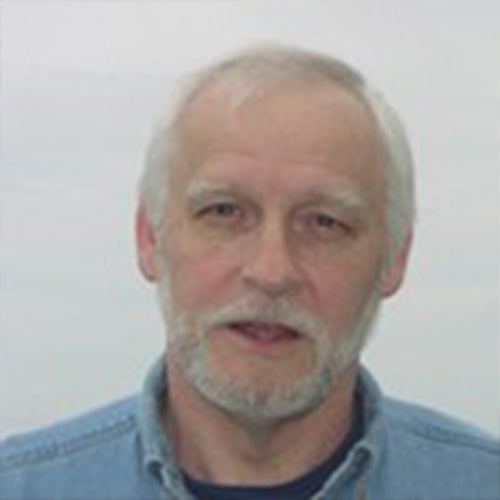- Emeritus Professor of Oceanography
- Biological Oceanography
- Phone: 772.595.9439
- Email: Hargravespe@gmail.com
- Office Location: Harbor Branch Oceanographic Institute of Florida Atlantic University, Ft Pierce, FL
Coastal Institute Building
Biography
Dr. Hargraves is a native Rhode Islander, growing up in Warwick. He became fascinated with marine life during summers on Cape Cod near Woods Hole.
After both B.S. and M.S. degrees at URI, he left for the Virginia Institute of Marine Science where he earned the first Ph.D. awarded by VIMS, at the College of William & Mary, with a dissertation on phytoplankton in the Southern Ocean. After a year at Lamont-Doherty Geological Observatory he returned to URI as a Research Associate and joined the faculty in 1971. He continued research on phytoplankton, microalgae, and microzooplankton at GSO until 2007. Now “retired” he continues his research in the highly diverse Indian River Lagoon system in Florida, by arrangement with a former student, now an administrator at HBOI.
Research
Biological Oceanography
The Indian River Lagoon is touted as “the most diverse estuary in North America”, an appellation totally unsupportable, since its diversity, as well as that of all other estuaries, is at best poorly known. Using literature records and the electron microscope facilities by arrangement with the Smithsonian Marine Station, I have recorded over 500 diatom species and over 100 dinoflagellate species, which probably represents about 50% of what lives there. The task is sisyphean.
Education
Ph.D. College of William & Mary, 1968
M.S. University of Rhode Island, 1965
B.S. University of Rhode Island 1963
Selected Publications
Sterrenburg, F.A.S., W.E. Herwig & P.E. Hargraves. 2014. A note on the identity of Gyrosigma tenuissimum (W. Smith) Griffith et Henfrey 1856, with description of three new taxa: Gyrosigma tenerrimum sp.. nov. Gyrosigma tenerrimum var. gundulae sp. nov et var. nov. and Gyrosigma baculum sp. nov. (Pleurosigmataceae, Bacillariophyta). Phytotaxa 172: 71-80.
Hargraves, P.E. 2014. Toxic microalgae in the IRL: Impending doom or false menace? Abstract, Annual HBOI-IRL Symposium, February 2014
Sterrenburg, F.A.S., M.A. Tiffany, F. Hinz, W. Herwig & P.E. Hargraves. 2015. Seven new species expand the morphological spectrum of Haslea. A comparison with Gyrosigma and Pleurosigma (Bacillariophyta). Phytotaxa 207: 143-162. Doi.org/ 10.11646/phytotaxa.207.2.1
Sterrenburg, F.A.S., F. Hinz & P.E. Hargraves. 2015. A type study and emended description of Haslea wawrickae (Bacillariophyta). of Haslea wawrickae (Bacillariophyta. Phytotaxa 226: 188-192. Doi.org/10.11646/phytotaxa.226.2.8
Cusick, K.D., S.W. Wilhelm, P.E. Hargraves & G.S. Sayler. 2016. Single-cell PCR of the luciferase conserved catalytic domain reveals a unique cluster in the toxic bioluminescent dinoflagellate Pyrodinium bahamense. Aquat. Biol. 25: 139-150. Doi.org/0.3354/ab00664
Hargraves, P.E. 2018. Harmful Algal Bloom in the IRL: Plenty to choose from. Abstract, Annual HBOI-IRL Symposium, February 2018
Hargraves, P.E. 2021. Microalgal diversity in the Indian River Lagoon System: how little we know. Florida Scientist 84(2): 69-80.
Hargraves, P.E. 2022. Actual and Potential Harmful Microalgae from the Indian River Lagoon System, Florida, USA. Technical Report #200, Harbor Branch Oceanographic Institute at Florida Atlantic University, Fort Pierce, FL. 87 pp.

